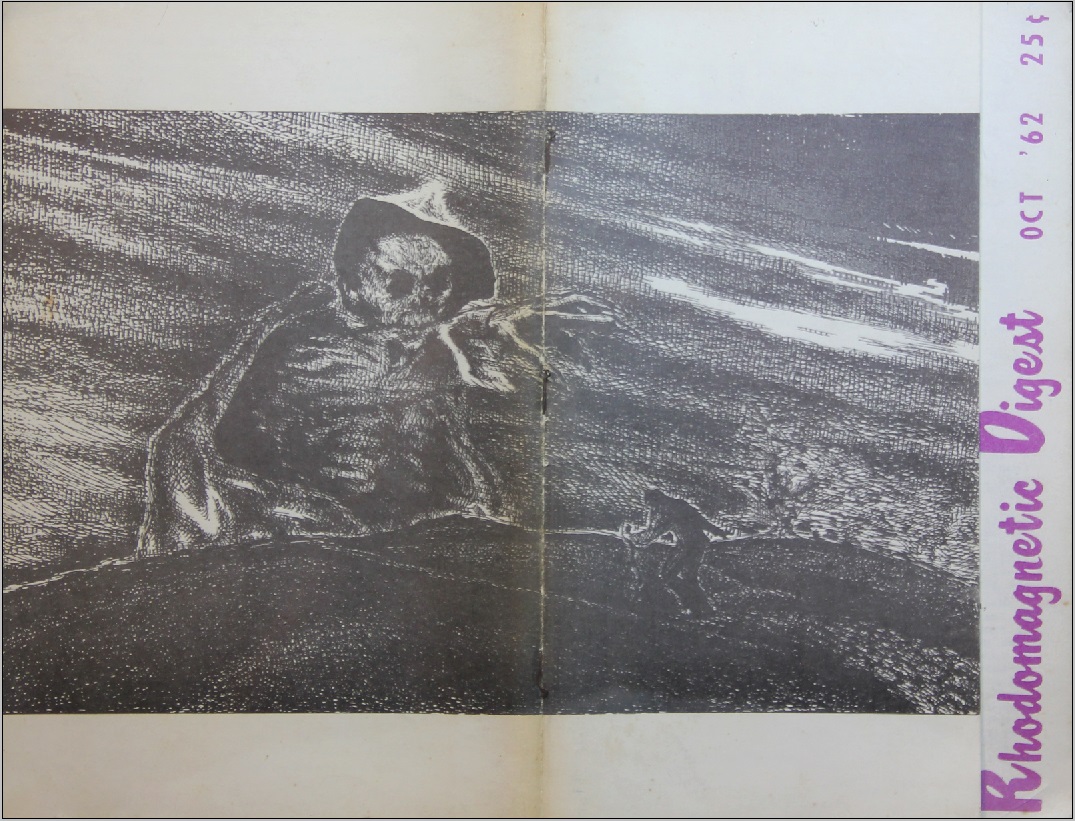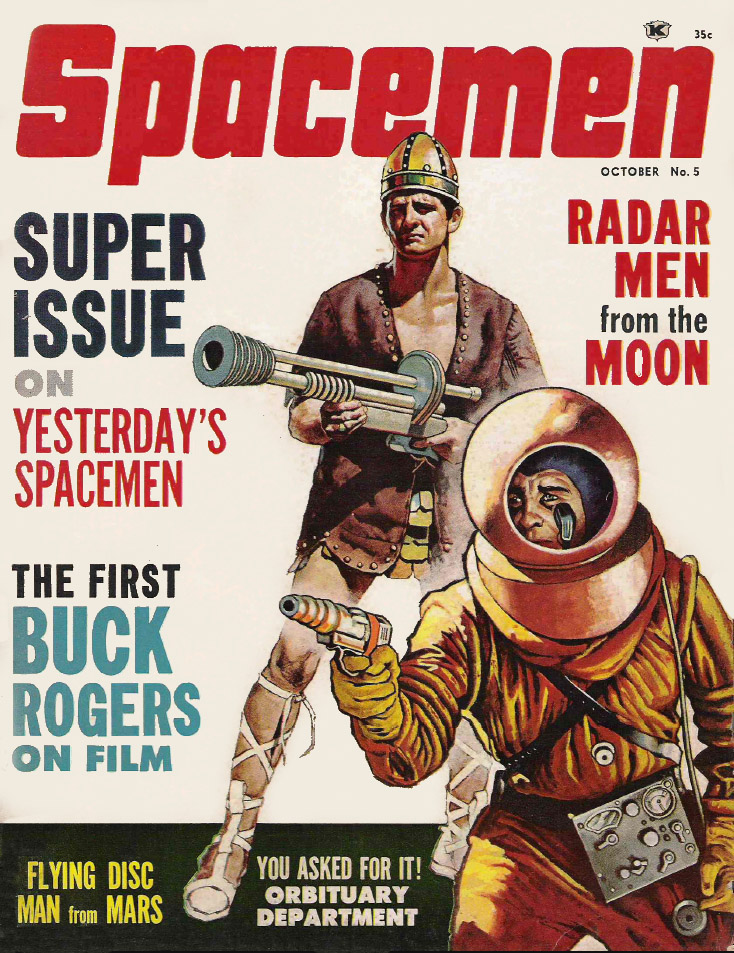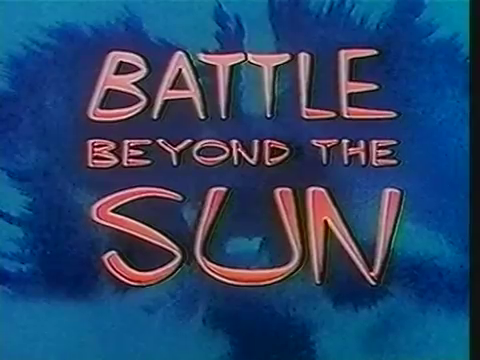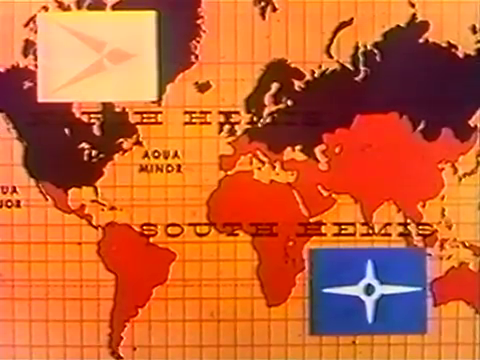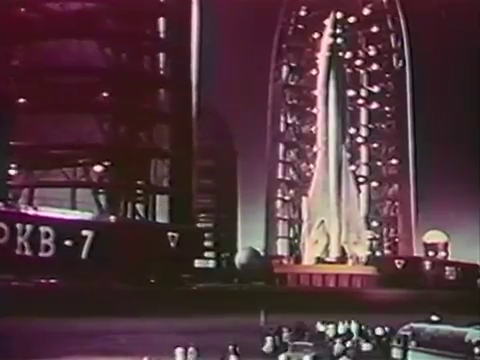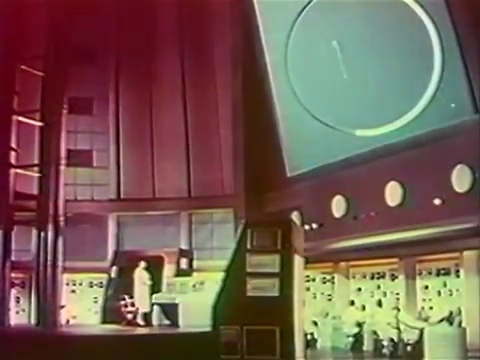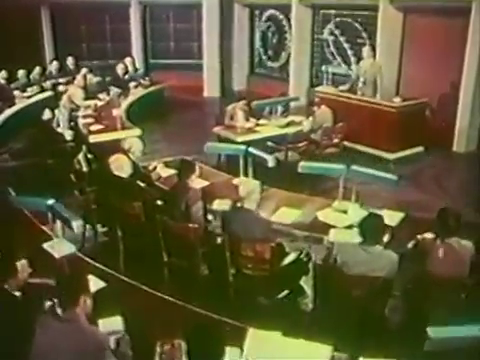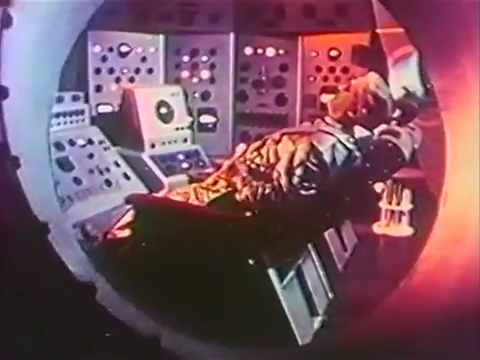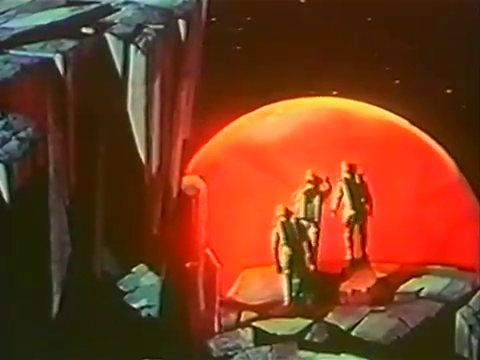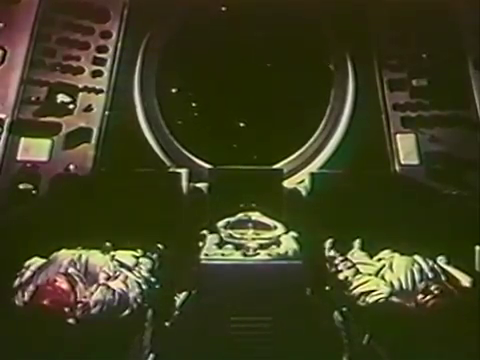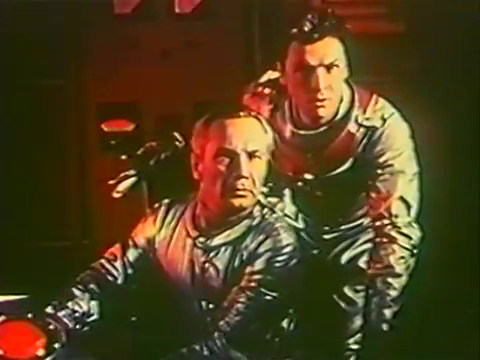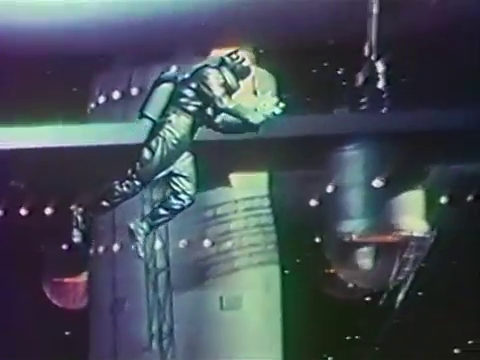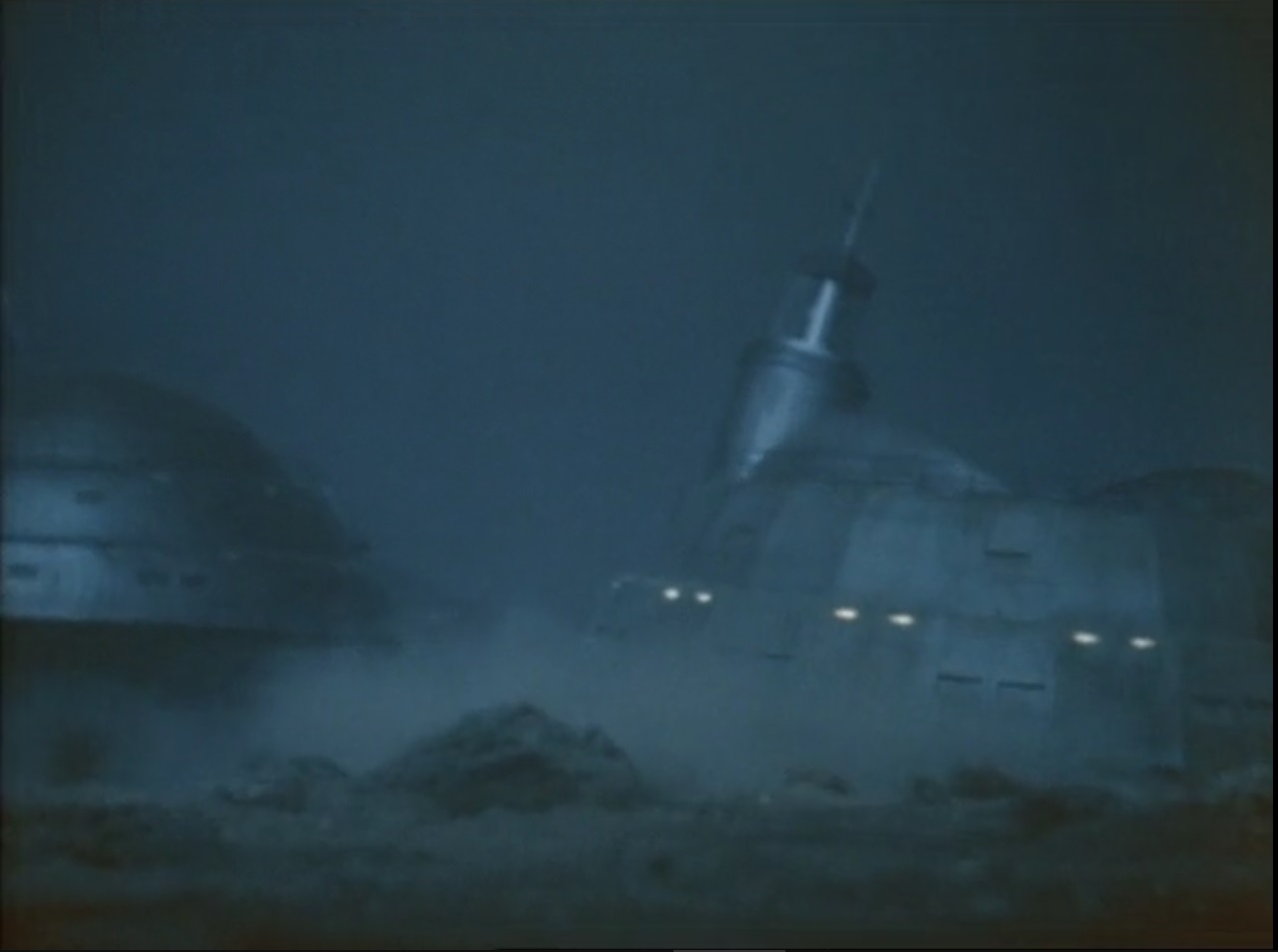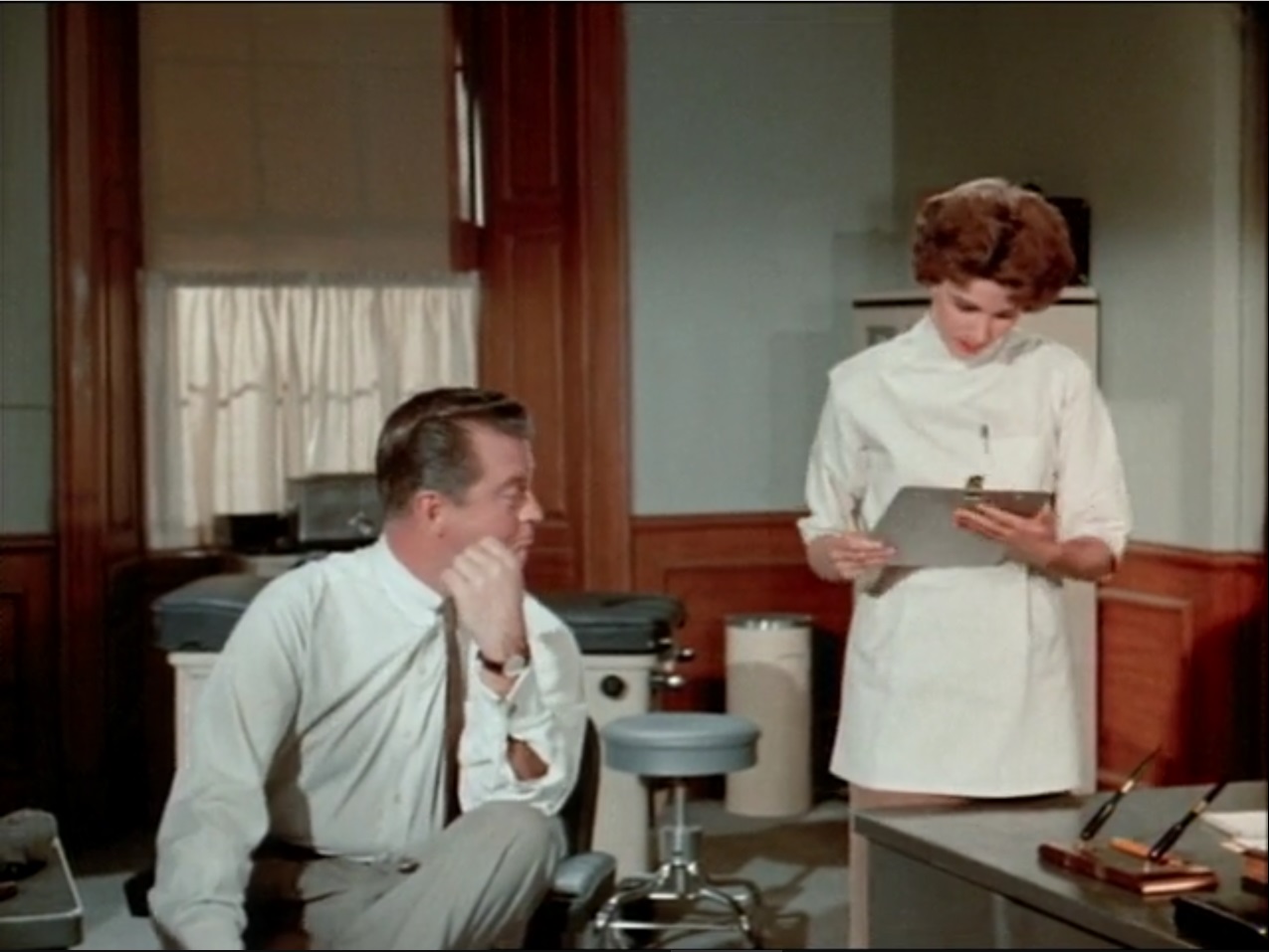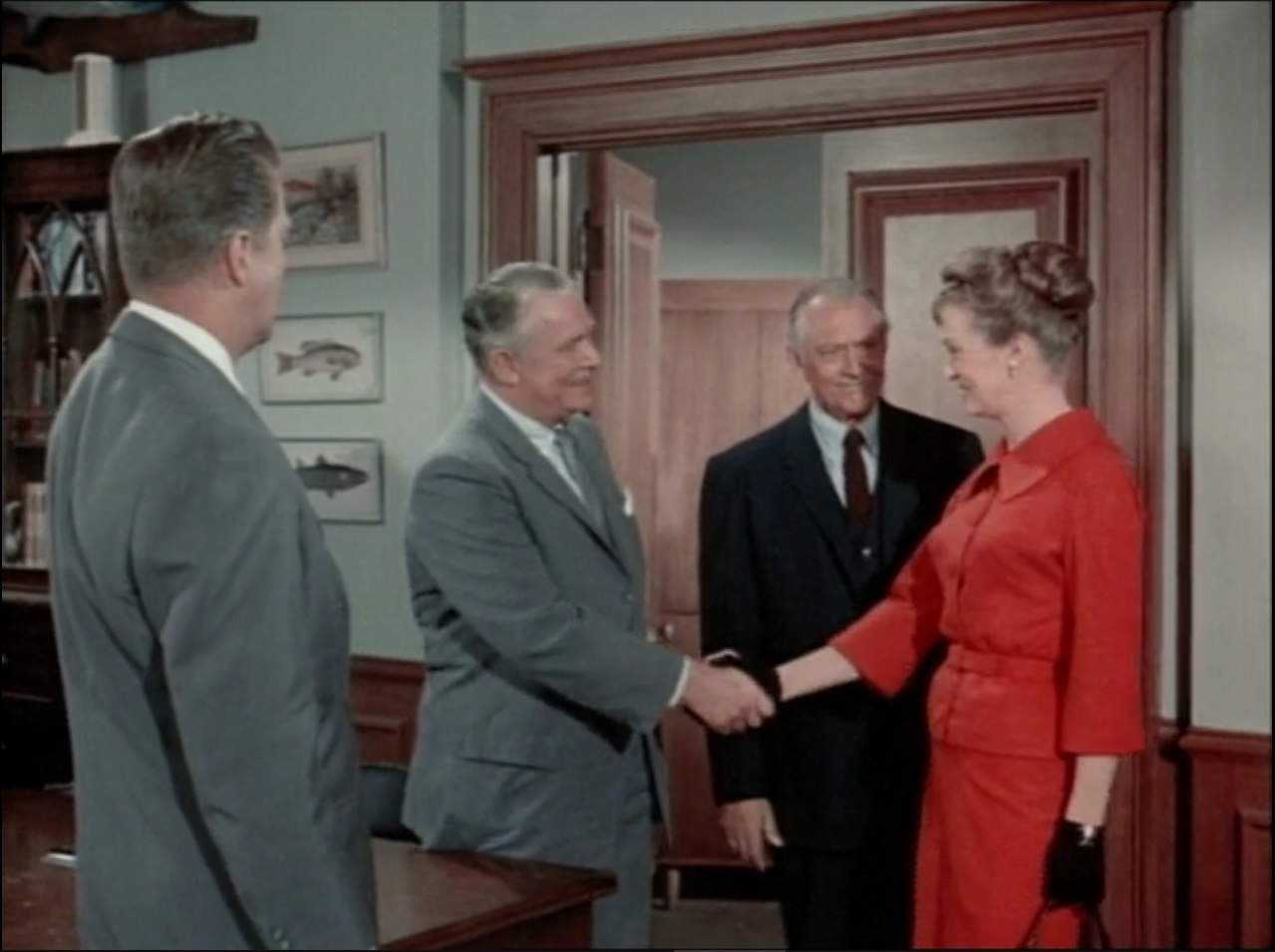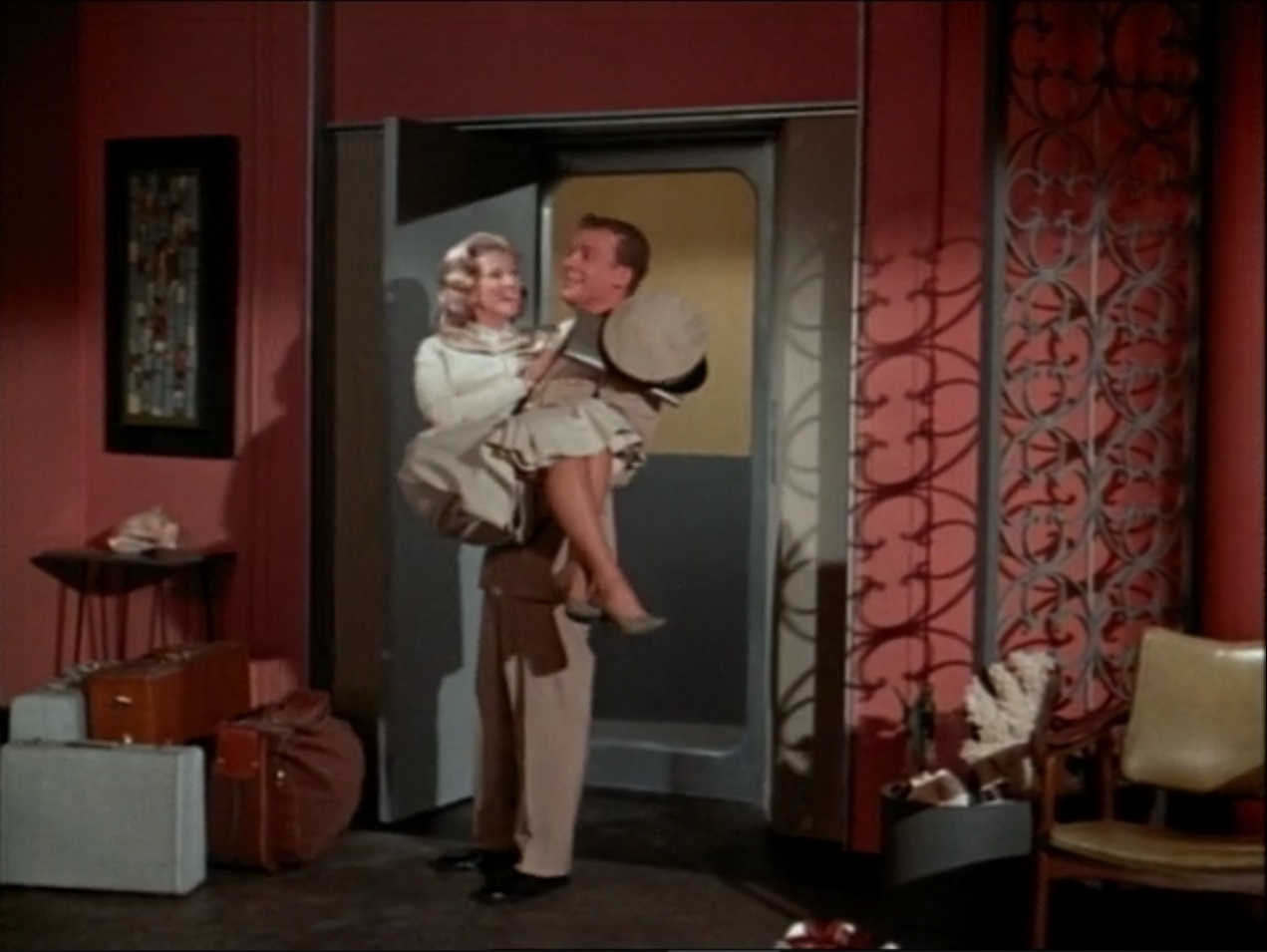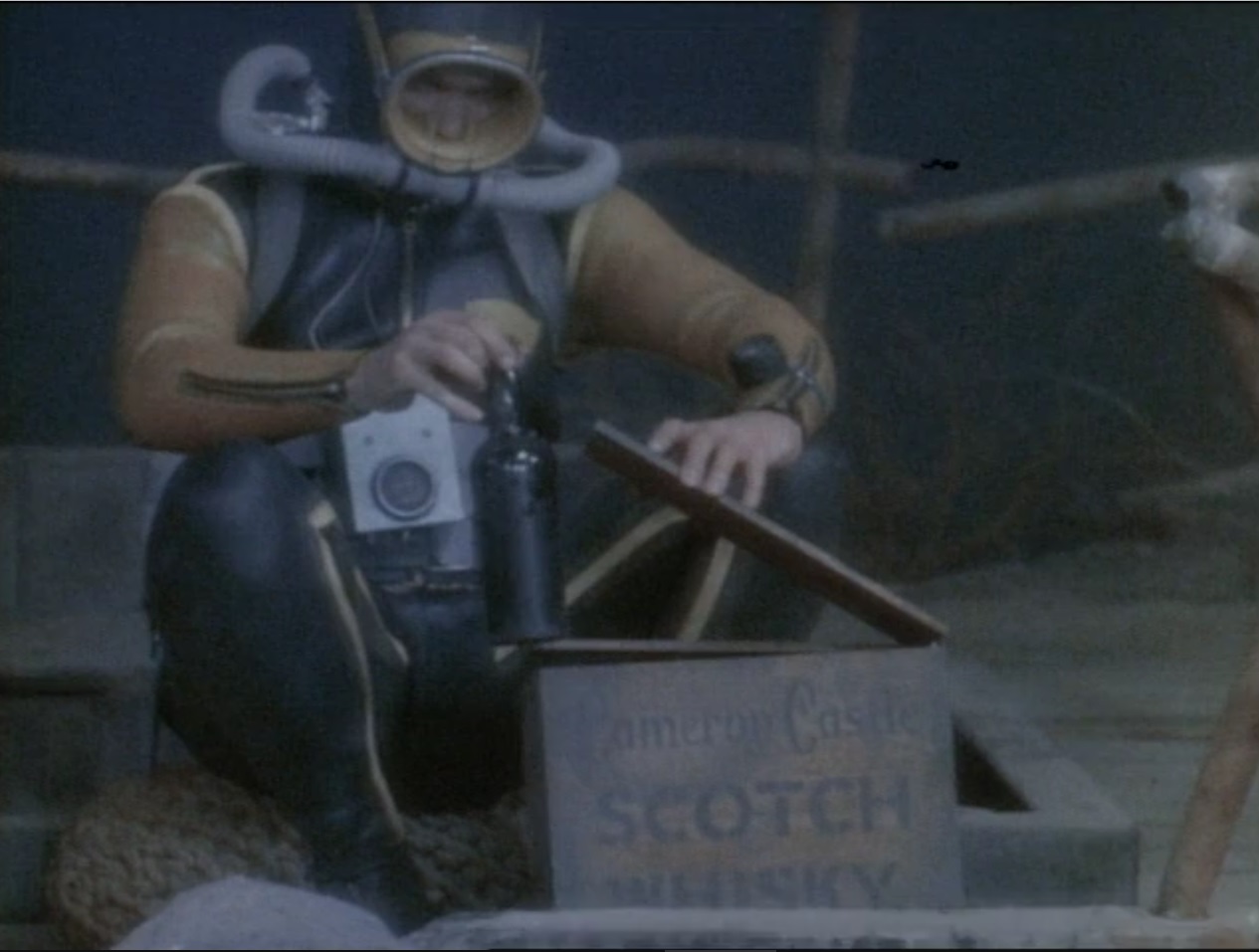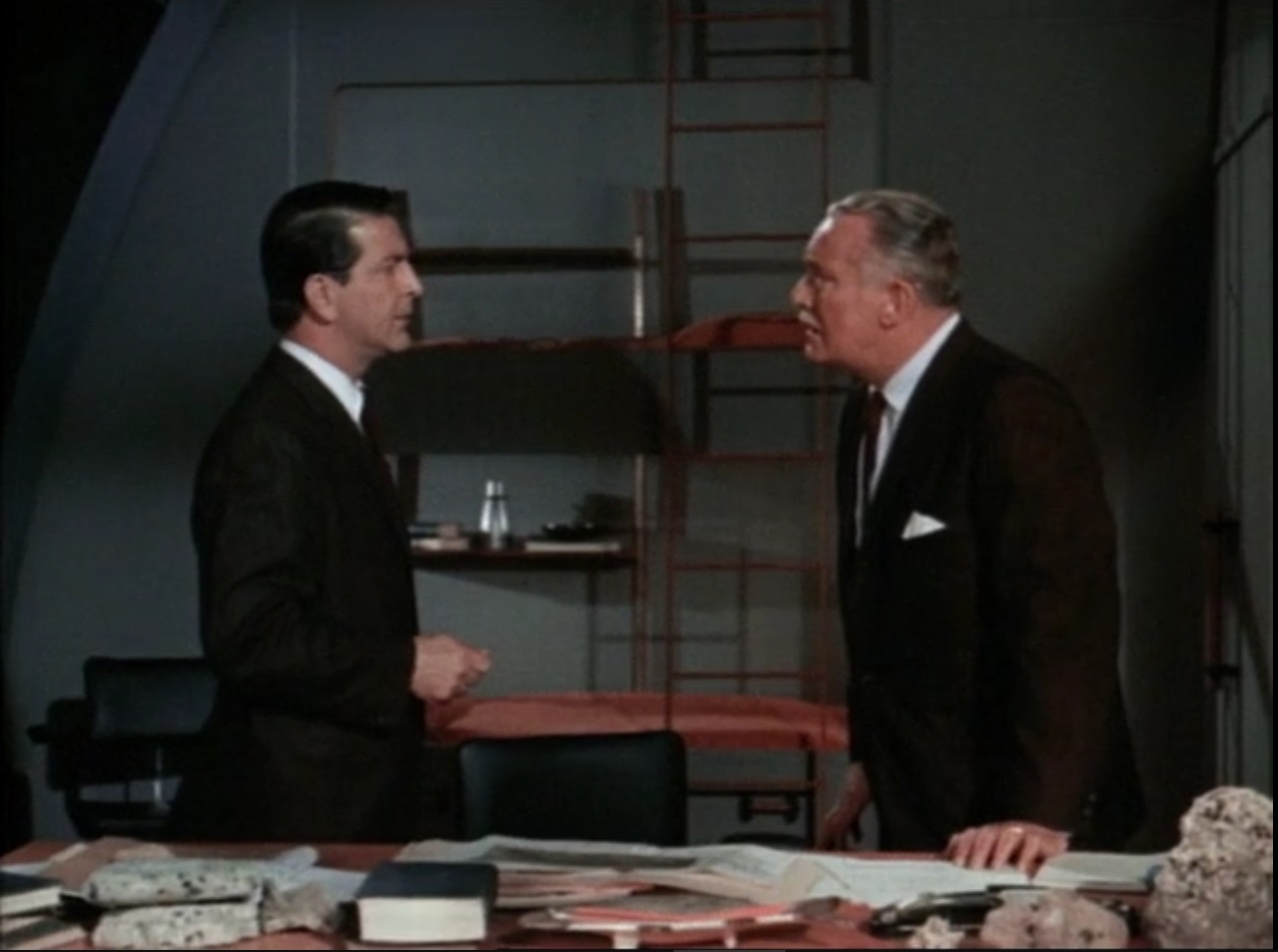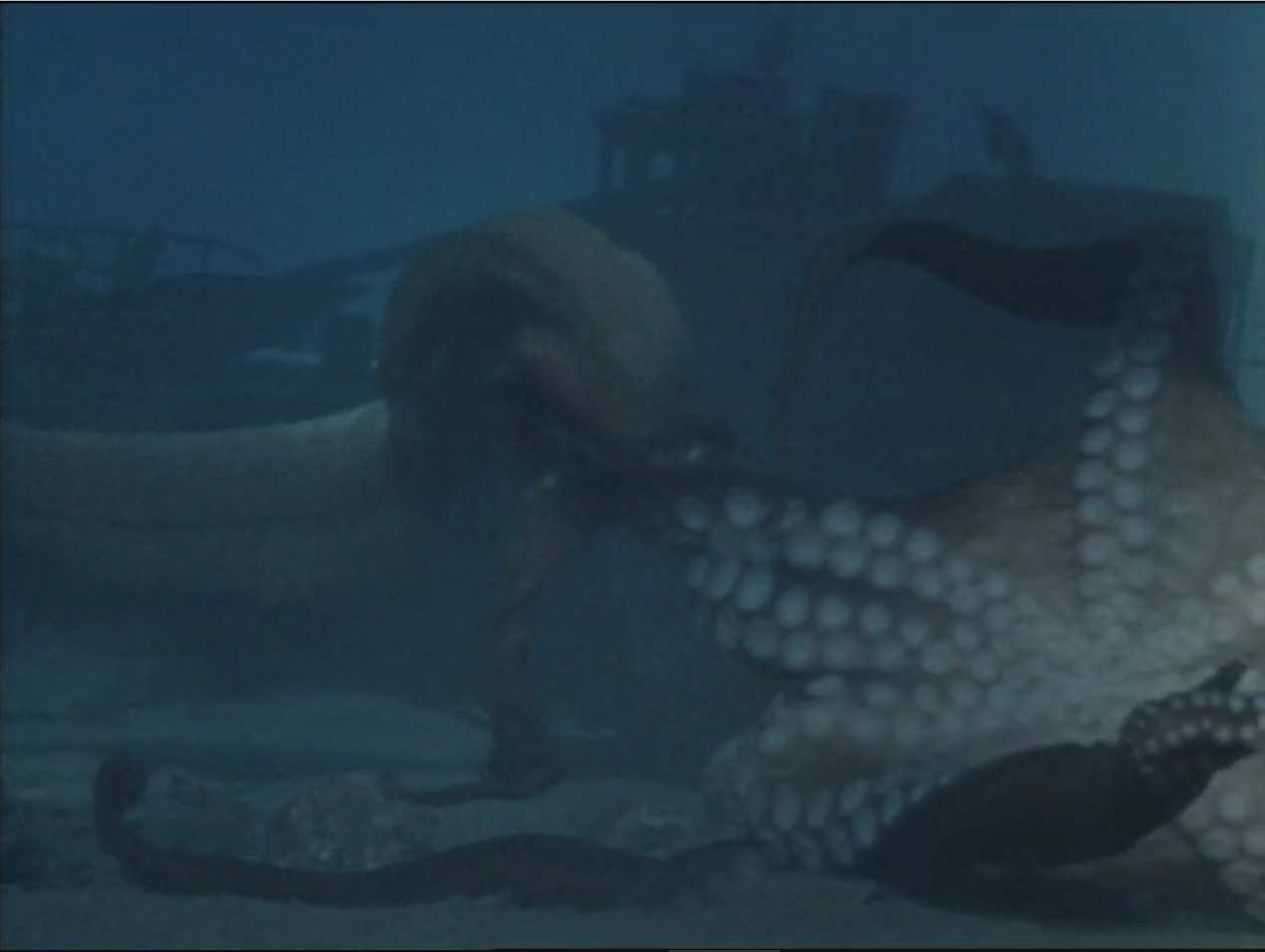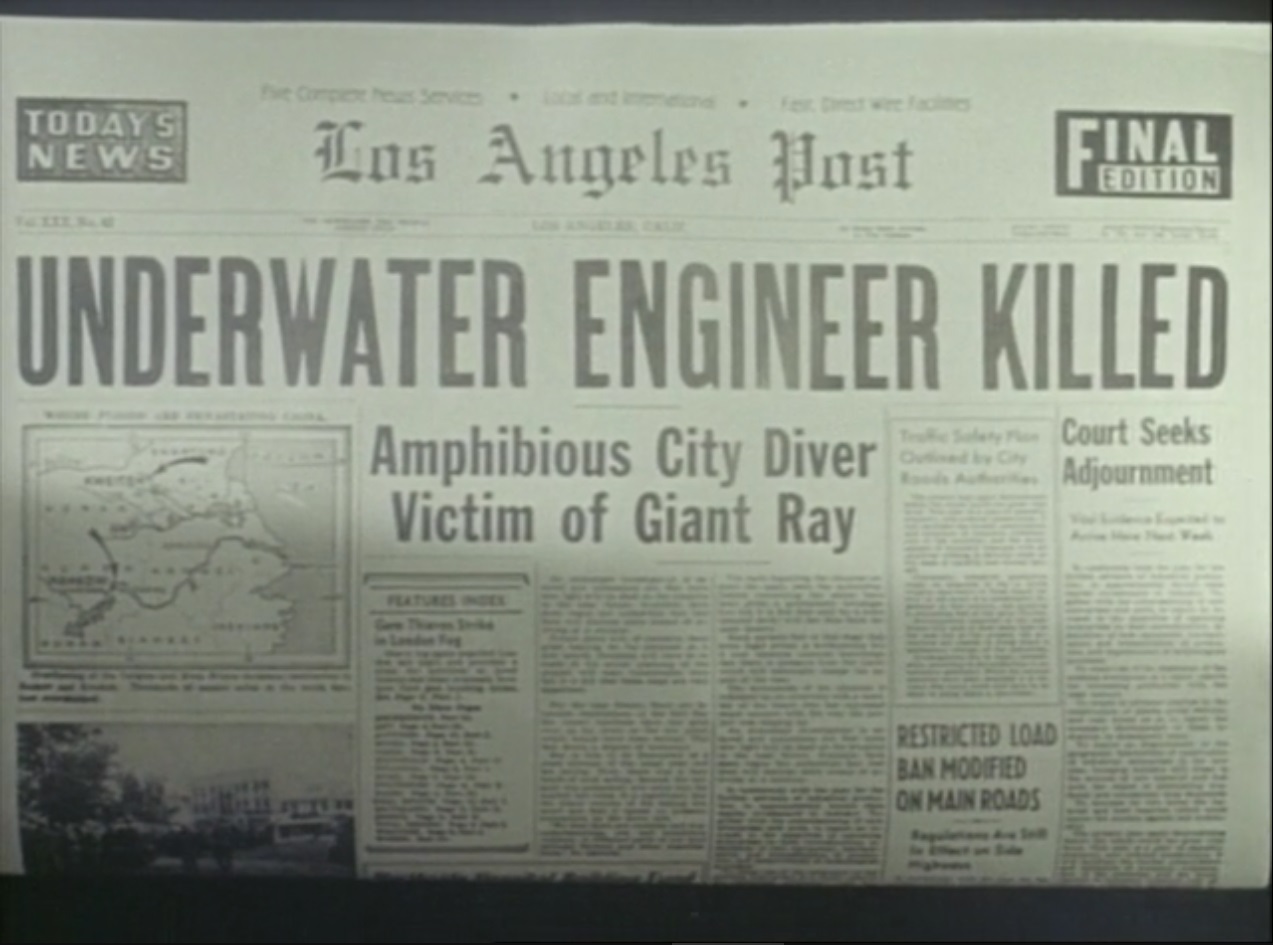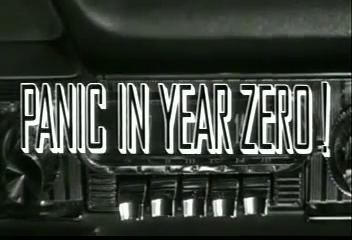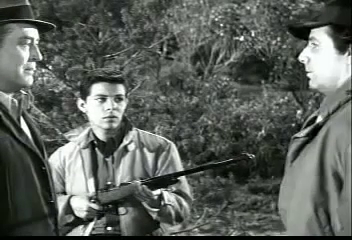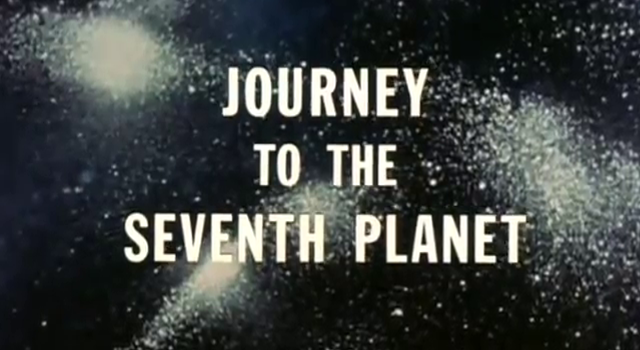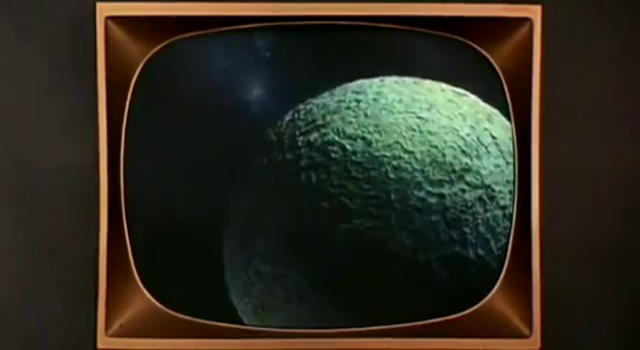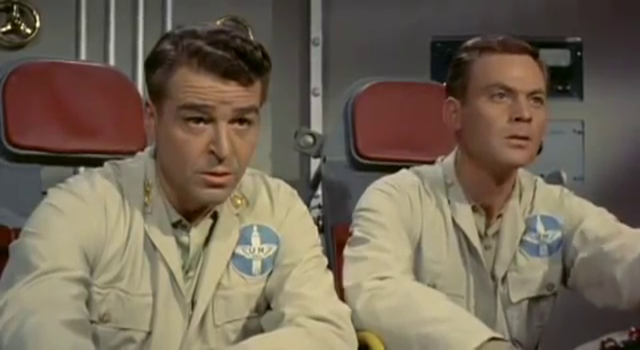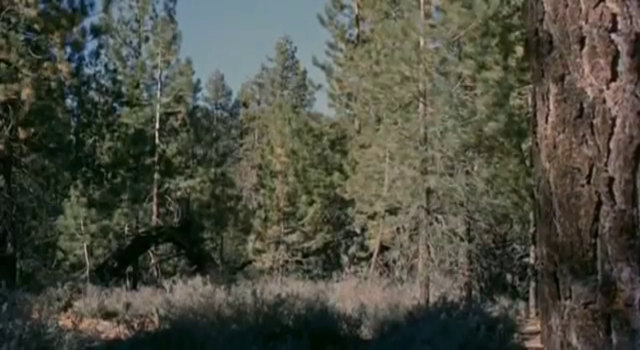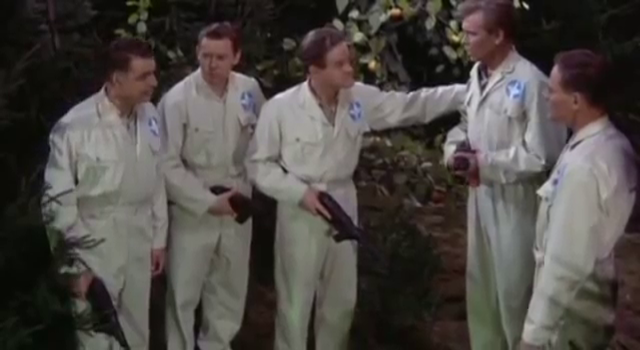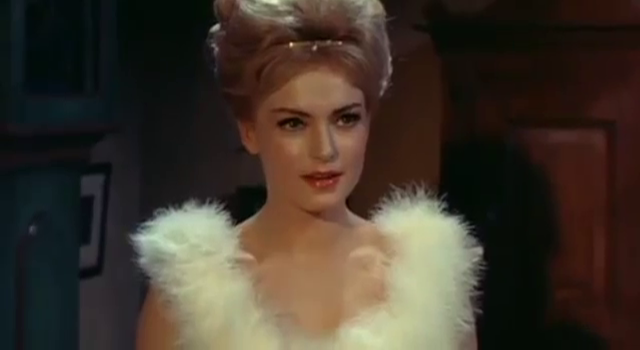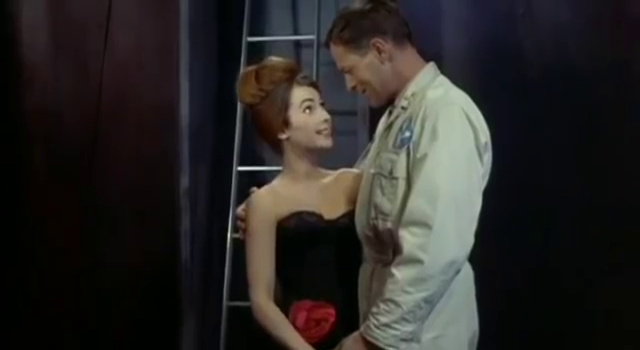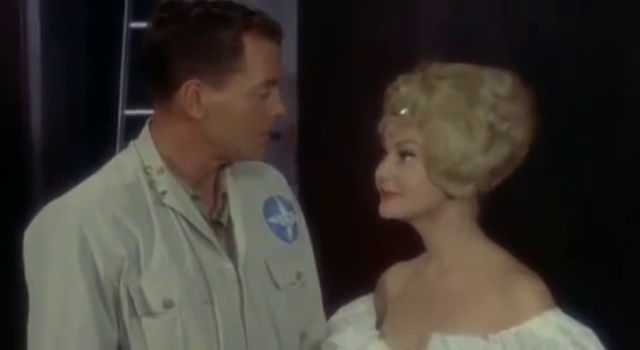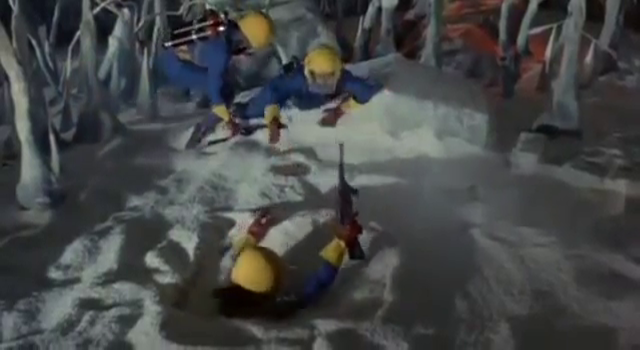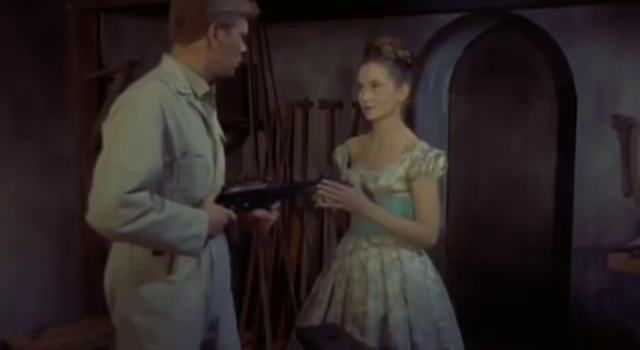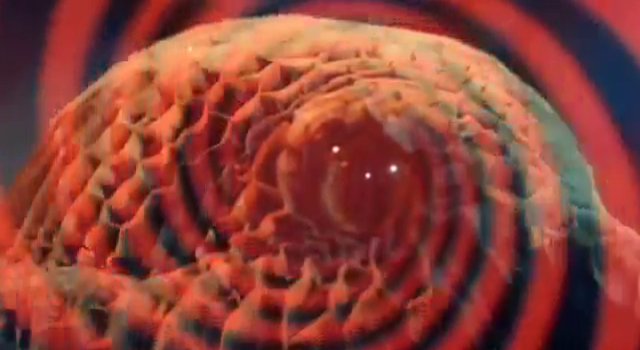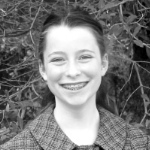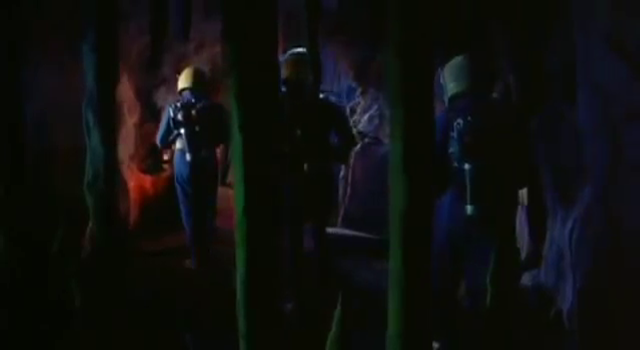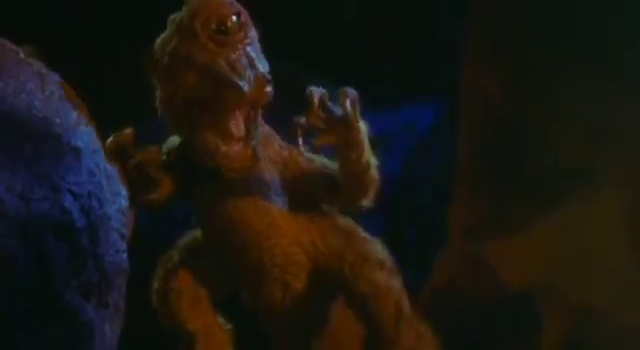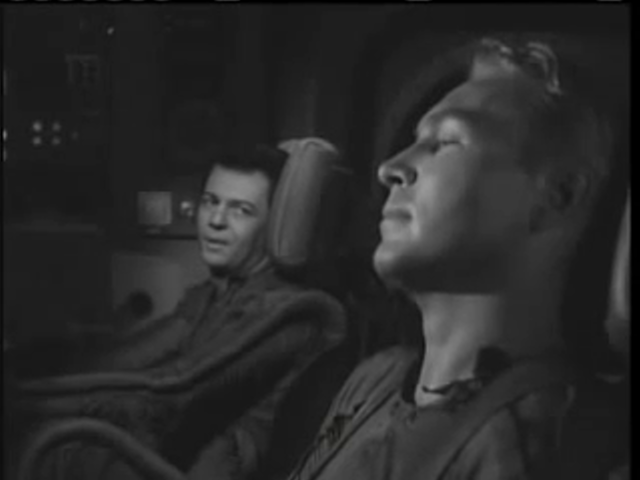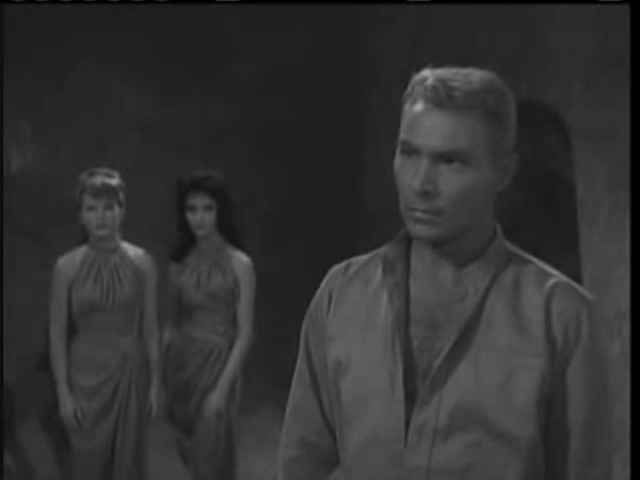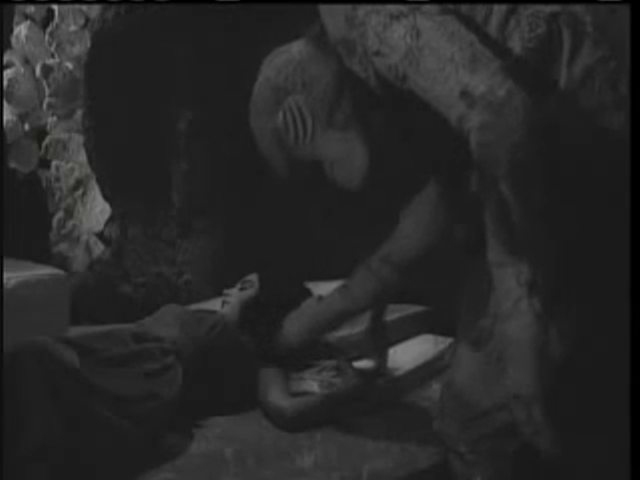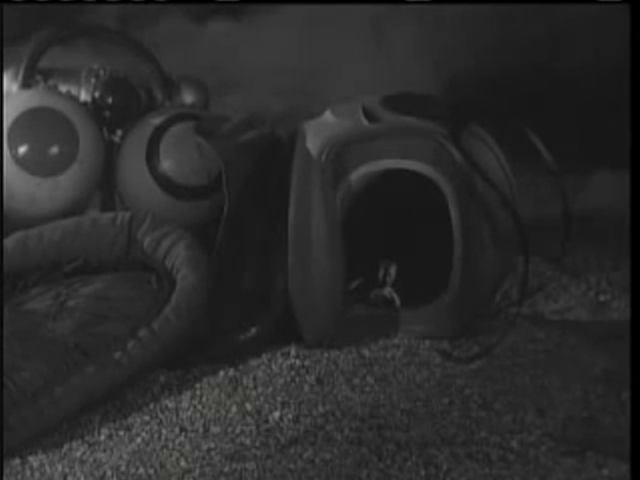[if you’re new to the Journey, read this to see what we’re all about!]

By Ashley R. Pollard
With the days drawing in, marking the beginning of Autumn, and the evenings becoming longer, I know I look forward to going to the cinema more. I was very fortunate to be able to get a ticket to the premier of the first James Bond film, Dr. No, which was shown at the London Pavilion, and therefore I saw it three days before its general release to the rest of the country.
There was quite a buzz surrounding this film, but before I go into my piece let me give you some context to the books behind the movie: Ian Fleming's James Bond series.
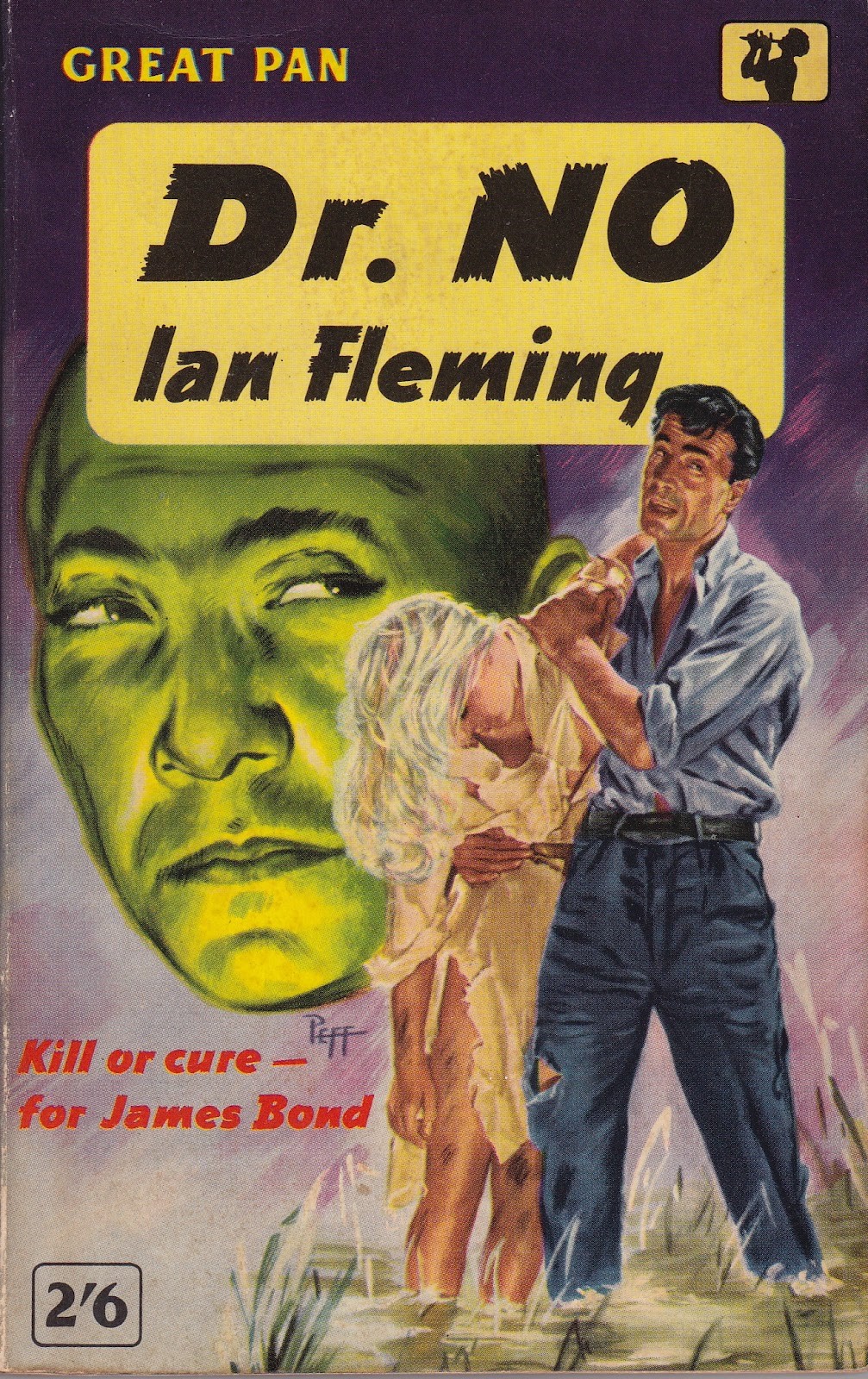
It may be confusing to some Fleming fans to see Dr. No presented as the first James Bond film, because the title and plot are from the sixth book. So six is number one, but chronologically the first James Bond novel was Casino Royale, which came out in 1953. I understand that Casino Royale was adapted as an episode of an American television called Climax! (which sounds rather racy to my ears) and that the rights to the name of the first James Bond book are therefore tied up.
Anyway, in Britain, Ian Fleming's books have always sold well, and Fleming may rightfully be described as the inventor of the Cold War spy thriller genre, which while set in the mundane world has themes that require elements of science and technology for the plots to work.
Up to now Fleming hasn't taken American by storm, but I think that will change when Dr. No is released in America next year. It will not probably hurt that President John F. Kennedy has been quoted as saying that Fleming's fifth James Bond novel, From Russia, with Love, was one of his top ten all time favourite books.
Given that the title of the next James Bond movie is From Russia, with Love, I fully expect American audiences to take to reading James Bond as readers over here have. Last year, the ninth book in the series, Thunderball, featuring the capture of a NATO fighter, sold out of its initial print run of 50,938 hardbacks and has had to be reprinted to meet demand. Reviews have said it is the best since Diamonds Are Forever, the fourth book in the James Bond series.
To say Ian Fleming is prolific is I think over-egging it a bit, but he can certainly write, and his writing improves with each book. I have watched Fleming adding depth and character, to what would otherwise be a cipher who only served the whims of the author. Fleming has made James Bond more than that. He's the man every man aspires to be, and the bad boy that every woman wants to be chased by.
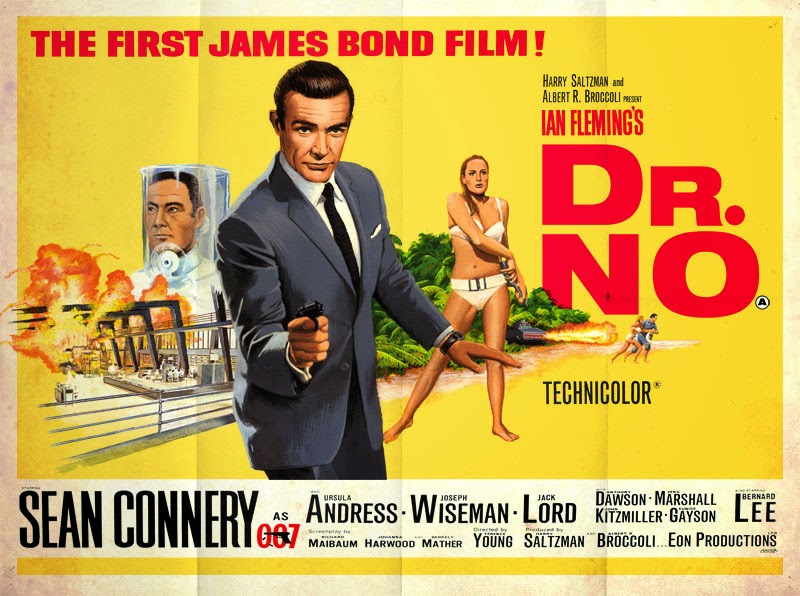
And here I am, and I haven't even started to tell you all how wonderful Dr. No is. A caveat though, it's not a direct translation of the novel to film. For a start it has a scene near the very beginning that introduces our titular hero with the quote, "My name is Bond, James Bond," which I'm pretty sure is lifted wholesale from Casino Royale. Other small changes have been made to the story too, but these do not detract form the central thrust of the plot, the machinations of Dr. No who wants to sabotage the American space race.
A very timely plot, apposite even, given the setbacks that NASA have suffered over recent years.
The film has a very stylish opening sequence that culminates in a stunning shot down the barrel of a gun that shows James Bond turning to fire at his assailant before they can fire. This is followed by a quirky fade to the tune of Three Blind Mice that leads to the opening that sets up the action when three apparently blind men assassinate the British MI6 Station Chief in Jamaica. Then we cut to Britain and the introduction of our hero, played by Sean Connery. It's all very suave and sophisticate, in keeping with Fleming himself, and the way he writes about things.

Bond is sent to Jamaica to investigate, and we are introduced to M, the head of MI6, and Miss Moneypenny, M's secretary. For fans of James Bond this just feels so right, and M ordering Bond to stop using his Beretta in favour of a Walther PPK (first issued to Bond in the book, Dr. No) sets the tone perfectly. When Bond arrives in Jamaica, things go from bad to worse with the first of several attempts on his life that don't end well for his would be assailants. Warning, the spider scene is also not for the squeamish. Fortunately, I find spiders to be nice creatures, but some of the audience gasped in shock when it crawled across the screen.
From there the mystery develops and ultimately leads to Dr. No's secret lair, where the fellow is using a nuclear reactor to power a transmitter that can jam US missiles and cause them to crash. All very exciting, and I'm avoiding giving away too much of the plot here because I feel that people should be allowed to experience a story for themselves.
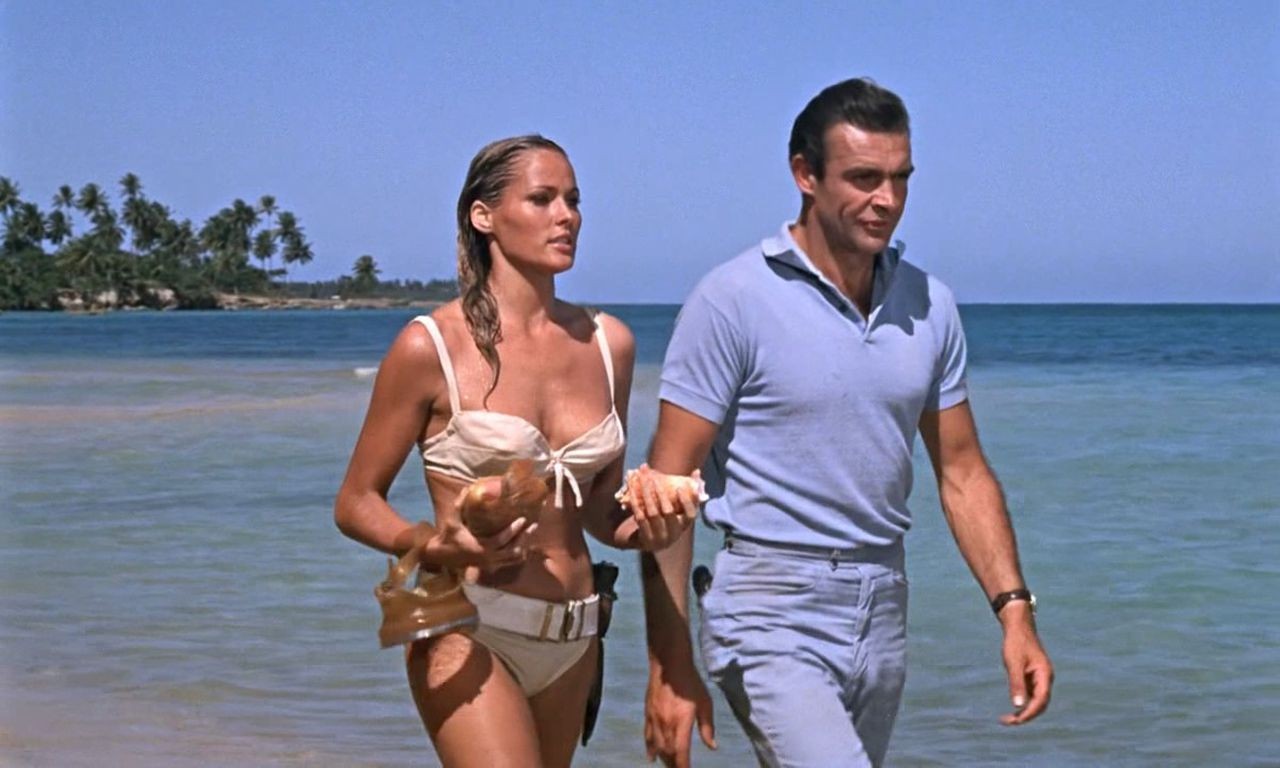
There's enough differences between the novel and the film to make both distinct, with each enhancing the enjoyment of the other format. So, the North American premiere is set for the 8th of May next year, and I can really recommend going to see this film. I know I enjoyed it, and I imagine you all will too.
And while I am on the subject of cutting edge technology…
When you think of aircraft flying mostly straight up and down, helicopters (or if you're old enough, autogyros) come to mind. But the so-called whirlybirds now have stiff competition.

This year, the Farnborough Air Show showcased the amazing XP831 Royal Airforce prototype Vertical Take-Off and Landing jet (VTOL). The Hawker P1127 is the result of nearly ten years of engineering development.
The idea of a winged aircraft that could take-off and land vertically goes back even further to the dark days of World War Two, but it wasn't until 1955 that Rolls-Royce produced a test bed for vertical flight. It became known as the Flying Bedstead. It was difficult to fly, ungainly to look at, and had a propensity to crash, killing two test pilots in the process.
Not an auspicious start, but Dr. Alan A. Griffiths, a pioneer of British jet technology came up with the idea of a liftjet, which was small engine designed to specifically provide thrust to all the aircraft to take-off vertically. This led to the Shorts SC-1, which first flew in 1957. However, having five engine in an aeroplane where four of them only provided thrust during take-off meant that while useful data could be extracted from the flights, it wasn't in and of itself a practical prototype aircraft.

Enter the Hawker P1127 using a Rolls Royce Pegasus jet engine, a marvel of British engineering that has nozzles that divert the thrust from the engine to allow vertical take-off using only one engine. Furthermore, Hawker are also working on developing a larger P1154, which will be able to go supersonic.
I can only imagine how exciting it would be for one of these stunning aircraft to make a debut in a spy thriller. Perhaps in a few years, when VTOL jets have become commonplace enough to pass into private ownership, we'll see one featured in a James Bond movie… perhaps Thunderball?




